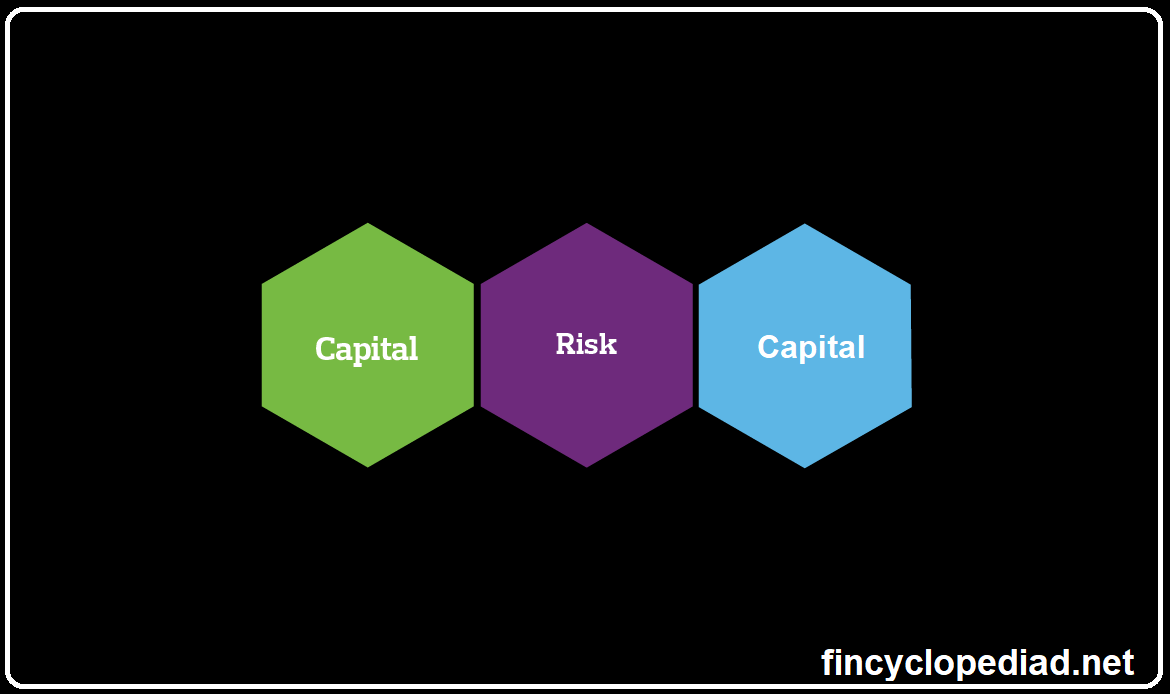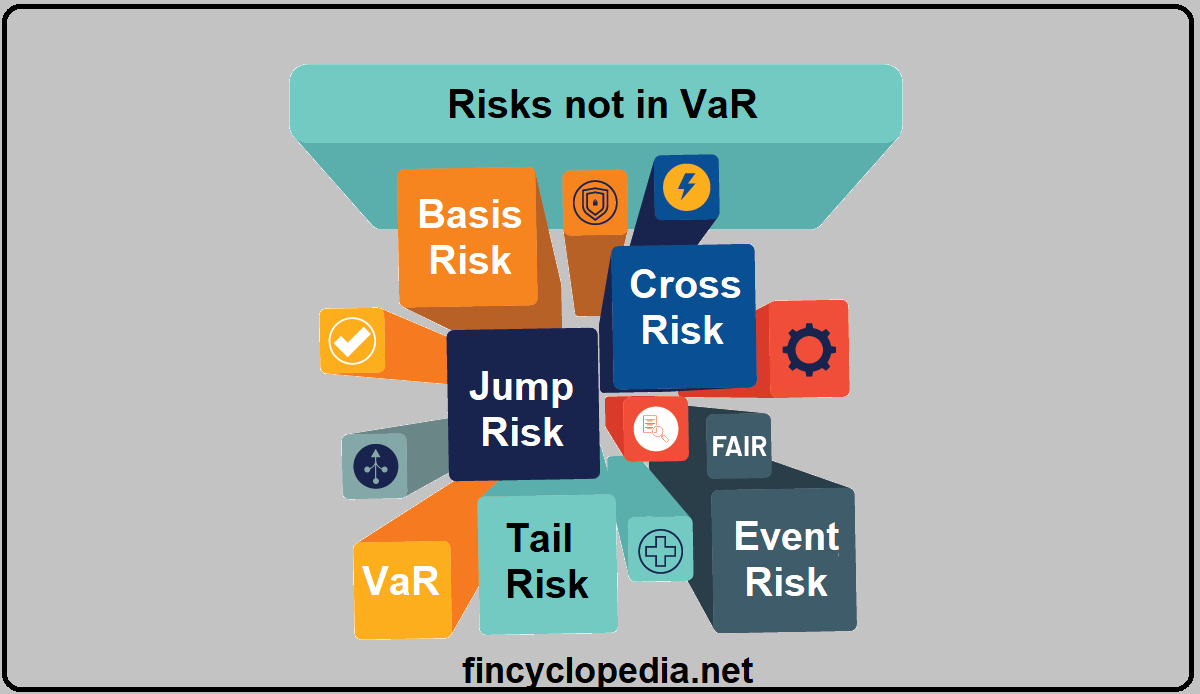The process of transferring/ shifting risk from one party to another, such as from equity shareholders to debtholders of an entity. Risk shifting occurs when a party (e.g., an entity’s managers) make or refrain from making overly risky investment decisions that maximize the gains (wealth) of a party at the expense of another.
In this sense, risk shifting is a form of agency problem that entities face as shareholders can gain at the expense of bondholders by engaging in risky projects. In order to transfer wealth from bondholders, the shareholders must be able to increase the risk of the entity’s total assets (by means of decisions made by management). As a result of the higher risk assumed by the entity, the risk of its equity also rises, and the probability of financial stress either increases or does not change, but in all situation will not reduce. Therefore, the additional amount of risk the shareholders assume when engaging in risk-shifting activity, as well as the costs that may arise from a potentially higher financial stress risk, may significantly wipe out the wealth transfer effect.
This involves moving the risk of loss or liability for a party’s engagement with an entity to another. Risk shifting can take on many forms, including on balance sheet (from equity holders to debtholders, or the other way around) and with external third parties (intentional risk shifting, or the so-called risk transfer) by means of an insurance (insurance contract, credit swap, etc.) for which the transferor compensates the third party (the transferee) for bearing the risk, with periodic payments of an amount (e.g., a premium).
Risk shifting is also known as asset substitution.






